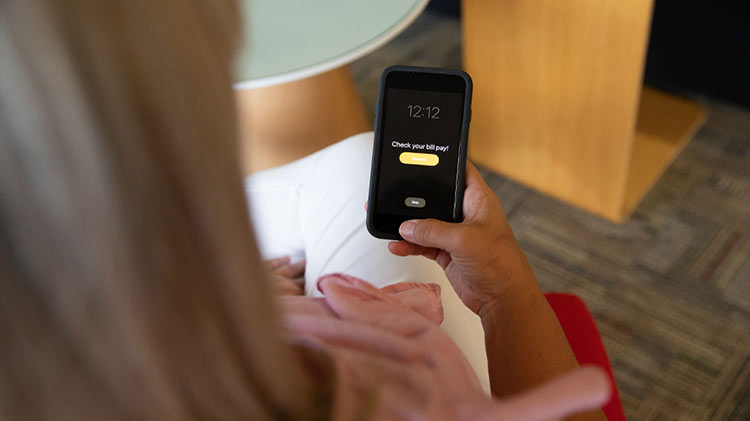How to help protect yourself from data breaches
Learn about data breaches and some tips to help keep your information secure from cyber-thieves.
Data breaches seem to be happening more and more often, with data thieves targeting both small companies and global giants. Data thieves are always on the lookout — and it's a good idea to be prepared. Here is some information that might help you protect yourself from data breaches.
What is a data breach?
A data breach is a security incident that causes data to be stolen or exposed to unauthorized parties. Sometimes it can be unintentional. And other times it is intentional by hackers wanting to steal personal information to be used for crimes like identity fraud. Data breaches can happen in many places including large corporations and small businesses, and also to individuals.
What is a data hack?
Data hacking is usually referred to as an intentional act where a hacker gains unauthorized entry into computers, smartphones, servers or networks. It can happen to both individuals and companies. In this type of incident, malware and ransomware can be installed in systems, sensitive information may be stolen or compromised, and it may also lead to identity theft.
How hacks can happen
Technology seems to offer the promise of keeping us safer — so what can lead to hacks? It's a complicated issue, including:
- Multiple entry points. People and companies access data from multiple places, including desktop computers, phones and tablets. These are all potential entry points for hackers, making it more difficult to protect against a data breach.
- High volume of malicious activity. In 2022, there were over 5.5 billion malware attacks worldwide. With such high volume, it makes it difficult to guard against every new threat.
How to prevent a data breach
Whether or not there have been reports of a data breach, consider following these tips to help keep your information secure:
- Create complex passwords. Use different ones for each account, and change your passwords if a company you've recently interacted with gets hacked.
- Use multi-factor authentication when available. This allows access only after two or more pieces of evidence are presented — usually a password and a code that is sent to the user by phone, text or email during login.
- Shop with a credit card. You may have less liability for fraudulent credit card charges, but you could be responsible for more than $500 in charges if your debit account is hacked.
- Watch for fraud. If you receive a notice about a data breach, call the company to confirm that it's legitimate, using a number you know to be valid rather than a number that may be listed on the notice.
- Guard against identity theft. According to CNET, 83% of the U.S. data breaches in 2021 involved exposure of sensitive personal information. If you become an identity theft victim, contact each credit card company to set up fraud alerts and freeze your accounts. Then get in touch with your local Social Security office for next steps.
- Set up account alerts. You may be able to receive notifications of suspicious purchases or those that exceed a certain dollar amount. This may give you a heads-up that you've been hacked.
- Update software. Consider doing regular updates to software (including antivirus) on your phone, tablet, router and other devices. The latest software versions offer security patches and protection that may help you prevent cyberattacks and possible data breaches.
Cyber Event, Identity Restoration and Fraud Loss Coverage from State Farm® can help if you are the victim of a covered case of fraud or experience an increased risk event, or are a victim of a covered cyberattack. This type of policy may include:
- Cyber attack coverage
- Cyber extortion coverage
- Identity restoration, including case management service
- Contingent credit monitoring
- Fraud loss coverage
If you are interested in learning more about this coverage or have any questions about homeowners or car insurance, consider contacting a State Farm agent for information.




